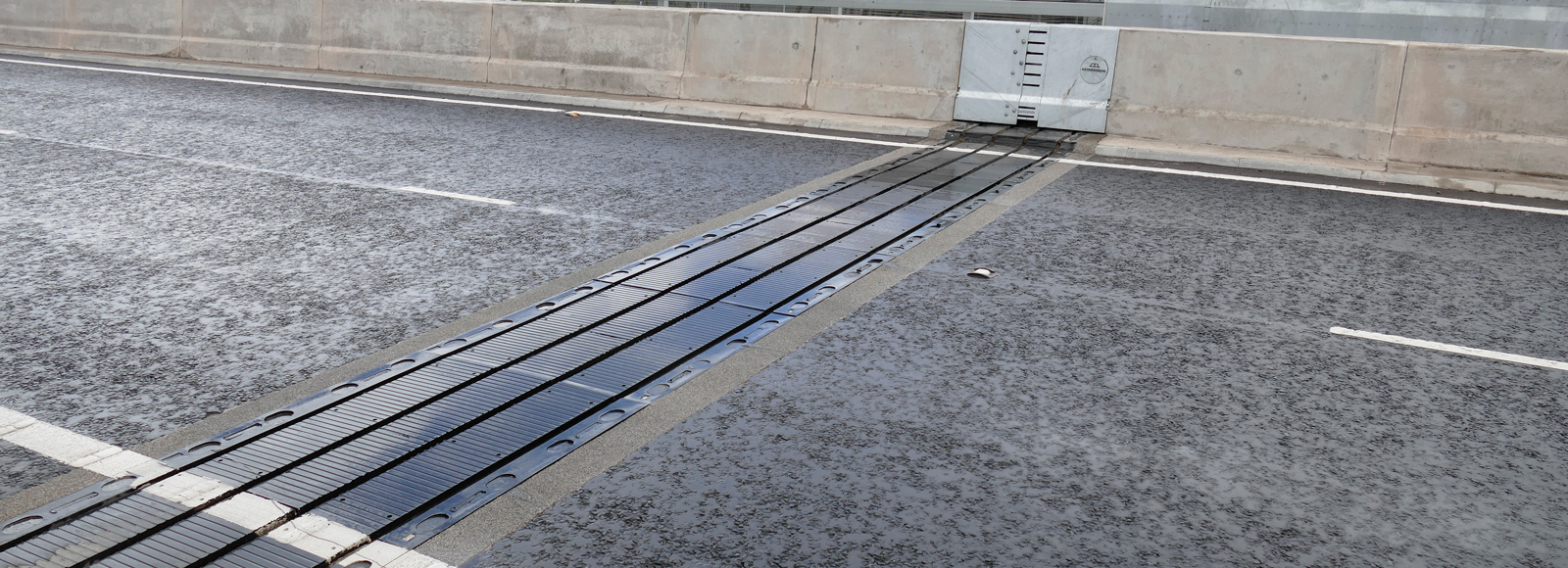It is a known fact that all buildings are restrained to some degree. In order to absorb the thermal expansion and contraction of construction materials, expansion joints are used. An example of this strain is the expansion of building materials in hot weather and their contraction when it is cold. Thermal stresses vary according to the magnitude of temperature change. Large temperature variations can result in high stresses on the building which must be accounted for during the design phase.

horizontal expansion joints
What are expansion joints used for?
Expansions joints can efficiently absorb vibration, hold parts of construction materials together, and allow material’s movement due to ground settlement or earthquakes. They also ensure easy movement of live loads in addition to isolation from moisture and water.
They are used to fill the gaps between structures with large plans at suitable distances. They also use expansion joints for fire separation, isolation of dissimilar building classifications, and structural irregularities.
They are also known as movement joints, can be included not only in buildings but also in bridges, sidewalks, railway tracks, piping systems, ships, and other structures. Expansion joints can be incorporated into various building parts to provide complete separation like floors, ceilings, walls, roofs, and facades. They can be placed floor-to-floor, floor-to-wall, wall-to-wall, ceiling-to-ceiling, ceiling-to-wall, roof-to-roof, or roof-to-wall.
They may serve more than one “joint” purpose at the same time. Typically, these joints isolate a frame into a series of segments with enough joint width to allow the building’s thermal expansion. By isolating the segments, expansion joints also provide relief from cracking due to contraction and therefore act in a dual role—an expansion and a contraction joint.
Where are expansion joints required?
Expansion joints are expected to fulfill certain criteria like:
- Having high load-carrying capacity (e.g. vehicle wheels load)
- Water tightness in the joint and its connections at each side to prevent leaking.
- Suitability for pedestrian traffic (e.g. with high-heeled shoes)
- Resistance to aggressive substances
- Reducing vibrations in facilities where delicate goods are being transported (e.g. in glass factories)
- Should be eye-pleasing.
Applications of expansion joints in Buildings
1. Shopping Malls
Mall visitors and customers should not be bothered by mundane structural details. A wide variety of colors is available in the markets, with various fabrication materials like stainless steel and aluminum. These are durable, high-quality materials that can be easily incorporated into any architectural concept.
2. Multiple-Floor Parking Areas and Parking Ramps
Joints are watertight and resistant to significant chemical contamination from de-icing salt, petrol, and oil. They are also able to withstand all kinds of weather.
3. Hospitals, Laboratories, and Food Factories
As hygiene is a key element in such facilities, innovative joint designs allow their easy and thorough cleaning which is of major importance.
4. Chemical Factories
The materials used in manufacturing expansion joints for chemical factories must be carefully selected. Resistance to chemical substances can be achieved by using highly resistant materials.





